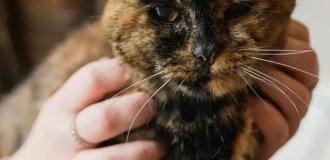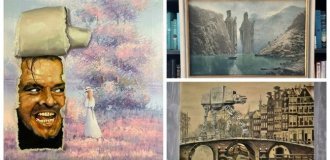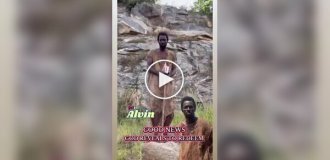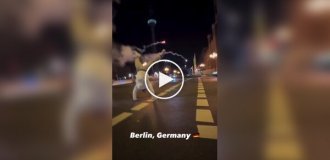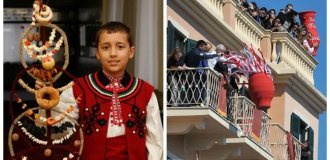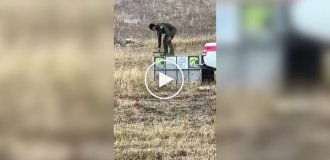Jerusalem: Israel Museum, Bible Lands Museum, Biblical Zoo (37 photos)
The layout of the entire Old City from the times of the Second Temple (~2000 years ago) is in the Israel Museum, the Temple of the Book is also located there – a purpose-built building to store the Dead Sea Scrolls found at Qumran. Since the museum itself has been undergoing chronic reconstruction for several years and even now is not fully open, then to inspect the only parts of it open at that time – layout of the Old City and the Temple of the Book – I had more than enough time. 
Source: Journal/marina-pavlova

1.

2. If I have seen a lot of modern miniature parks in my life, then the layout of the city of 2000 years ago – for the first time. And it was all the more interesting that I had no, even the most general, ideas about how Jerusalem looked then. Model – this is a 1:50 scale copy of the city, a recreated model of how the city looked at the very beginning of our era, during the time of Jesus and Pontius Pilate. About 70 thousand people lived in the city at that time. The model was built over several years in the early 1960s. Initially, it stood on the territory of the Holyland Hotel, and only then, with the permission of the owner, the model was moved to the Israel Museum.

3.

4. Below is the Temple Mount and the Golden Gate, the very ones through which, according to legend, the Messiah must enter the city. They were boarded up in the Middle Ages, and now a Muslim cemetery is laid out in front of them. From the Mount of Olives, this place looks completely different now.

5.

6. Residential areas

7. Fortress walls (now you can walk along them, admiring the city)
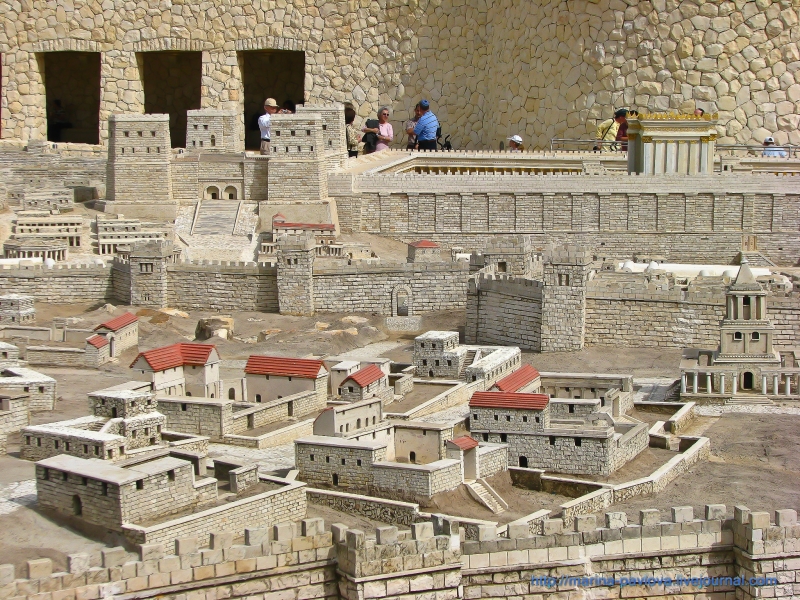
8. View of the Temple Mount from the city

9. Here you can clearly see the western part of the Temple Mount - the modern Western Wall, in the distance – the towers of the Antonia Fortress, in the foreground – Roman amphitheater built by Herod

10. I didn’t really recognize this, it looks like the tombs of the Kidron Valley (Yad Avshalom?)

11. The palace of Herod, the same one that Bulgakov wrote аbout: "in a white cloak with a bloody lining, shuffling with a cavalry gait, in the early morning of the fourteenth day of the spring month of Nisan, the procurator of Judea, Pontius Pilate, entered the covered colonnade between the two wings of the palace of Herod the Great ..." (with )

12. General views of ancient Jerusalem (the Temple of the Book can be seen in the distance)

13.

14.

15. And this, in fact, is the same Temple of the Book, which I mentioned here. It was built specifically to store the Dead Sea Scrolls. The shape of the building should resemble the vessels in which the scrolls were found; entrance to the central hall – a long gloomy tunnel lined with showcases of household items from those times; the tunnel is intended to resemble the caves in which the scrolls were found; in the center of the hall – facsimile copy of the scroll of Isaiah.

16. Near the Temple of the Book, people were having fun with might and main

17.

18. Since the Israel Museum itself was closed at that time, all that remained was to stroll through the local sculpture garden

19.

20. Opposite the Israel Museum is a rather interesting museum of biblical countries. It is not very large, but the composition is well thought out. As the name implies, everything related to the culture and civilization of the ancient biblical lands and ancient Near Eastern art of the biblical period is collected here

21.

22.

23.

24.

25. Next to these museums is the Knesset building. It seems that sometimes there are excursions, but I didn’t manage to get on them

26. Something remotely resembling a flower clock

27. The day ended with a trip to the Biblical Zoo, where all the animals mentioned in the Old Testament are collected. Among them there are those that are no longer found in natural conditions. Of course, I wouldn’t compare this place with a safari in Ramat Gan, but it’s very pleasant to walk there.

28.

29.

30.

31.

32. I also look like this sometimes in the evenings

33.

34. There was some kind of separate kangaroo feeding show

35. But the lemurs still caused the biggest positive, which is expected: for the sake of them, I went there in the first place

36.

37.
